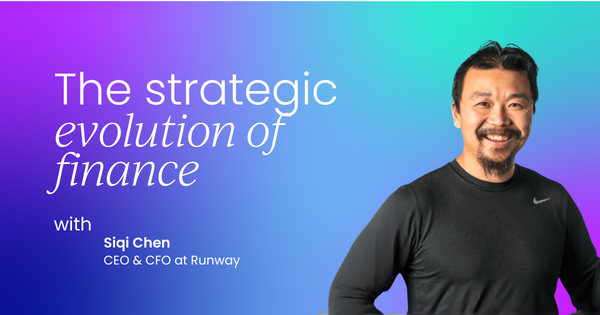I’ve been a four-time CEO and a three-time founder, but this is my first time in a dedicated finance role.
I now serve as the CFO and CEO of Runway, where we build FP&A software, and I’ve learned that my entire entrepreneurial journey has been, in many ways, a masterclass in finance.
It’s a journey of failing my way up, learning to build models, and understanding the levers that make a business succeed or fail.
This experience has given me a unique perspective on the evolution of finance.
Over the past fifty years, the function has undergone a sea change, shifting from a backward-looking, accounting-focused discipline to a forward-looking, strategic, and cross-functional role.
This isn't just a change in title; it's a fundamental transformation in how we view and utilize finance to drive innovation.
The evolution of finance: From accounting to strategic partnership
The journey of finance toward a more strategic role has been driven by several key factors, most notably technology. The invention of VisiCalc and the first spreadsheets in the 1970s was the first major leap.
Suddenly, we could create models and think through new scenarios in ways that were previously impossible.
The technological catalysts for change
This progress accelerated in the late ‘80s and early ‘90s with the ERP revolution, which made data more plentiful within organizations.
As businesses became more cross-functional and faster-moving, the combination of data availability and better modeling tools converged to make finance a far more strategic part of the business than ever before.
Today, we're seeing the next wave of this evolution with AI. These new tools are increasing the leverage of finance teams, allowing them to focus even more on the strategic work that drives the business forward.
The new expectations for finance professionals
The output of all this is a significant shift in career paths and expectations. We see data teams reporting directly to finance.
The function is less about just closing the books and more about supporting, and in many cases making, some of the most strategic decisions in the company.
Accountants are now expected to be analysts. Analysts want to be in finance. People in finance want to be CFOs, and CFOs are increasingly on the path to becoming CEOs.
It’s a remarkable set of changes driven by major technological and competitive factors.
Bridging the gap: Why finance and business teams are often misaligned
For finance to be truly strategic, it must be seen as a business partner to all key stakeholders, from the CEO down to department leads.
Everything that happens in a company eventually flows to the bottom line, and a strategic finance team helps everyone understand that connection.
However, a tension often exists between finance and other departments, largely created by a lack of good tooling.
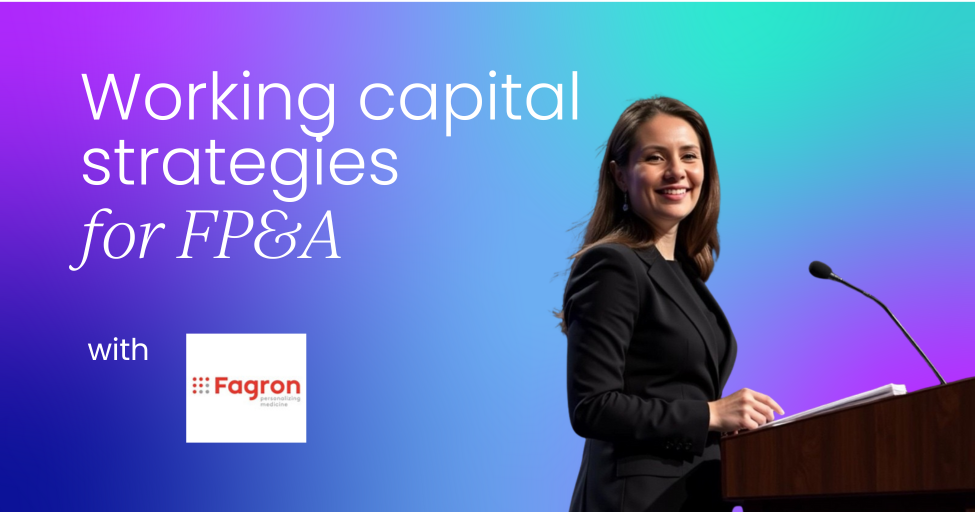
The finance perspective: A desire for business understanding
People outside finance sometimes have a stereotype of the function as insular, like "number monks" who don't want to share their work.
In my experience, the opposite is true. Finance professionals want the rest of the business to understand where the business is and where it's going.
Their frustration is that, too often, other departments don't have a good grasp of the numbers or the key levers. Finance has a better understanding of these things than anyone else, and they want to share that knowledge.
The business perspective: Finance as an indecipherable black box
From the outside looking in, finance can feel like a cabal. You get sent indecipherable walls of numbers and are told to fill out a budget, without understanding what it's for.
At the same time, department leaders need to make better decisions and want to know where to invest for the next 12 to 24 months.
There is a mutual desire to connect, but for many reasons, the relationship isn't there. I believe this can and will rapidly change.
The financial model as a tool for thinking
When a new CFO comes in, what’s the first thing they do? They rebuild the model. They want to understand the business in a way that makes sense to them. This highlights a critical point: a model’s value is in its utility for making decisions.
A good model is a piece of software, a simulation of the business. It’s like a video game engine. If it doesn’t expose the right controls, people can’t play with it.
If they can’t play, they won’t use it, and that lack of understanding creates a breakdown in the relationship.
The problem with the "one true model" mindset
Many departments, from product to marketing, have their own janky spreadsheet models. They exist for a reason: they are useful for making specific decisions.
When a new CFO imposes a "proper" three-statement, GAAP-compliant model, it may be accurate, but it might not be useful for the product team.
If the new model doesn't account for the utility of the old ones, it can do more harm than good. You can’t just throw the baby out with the bathwater. You have to accommodate what people already have and understand why it works for them.
The importance of flexible, adaptable models
My background is in software, and software rots. It has to be continually maintained and evolved. I think about financial models the same way. The context of a business is always changing.
When I was appointed CEO of a retail business 26 months before COVID hit, we didn’t have a control in our model for a global pandemic. We had to add it.
Businesses are constantly evolving with new go-to-market motions, new SKUs, and new data sources. Planning is about more than just changing a number in a spreadsheet; it’s about changing the relationships within the model itself.
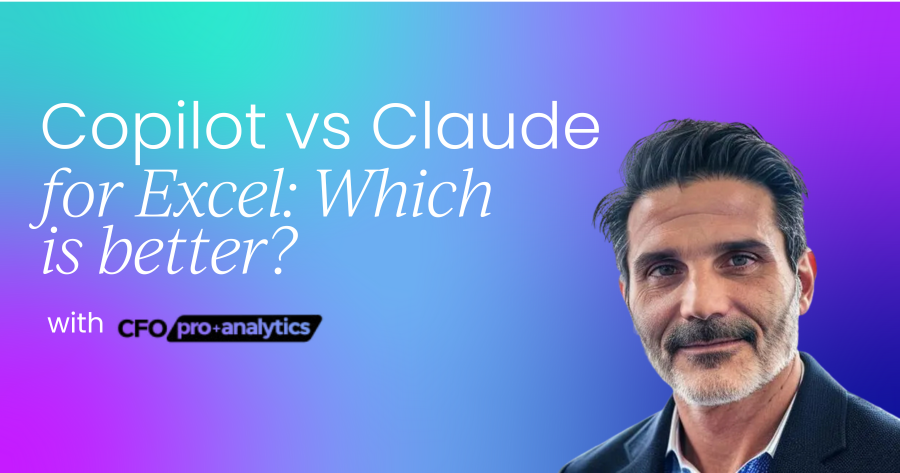
Developing intuition through model exploration
One of the most underappreciated values of a good model is its ability to help you develop your own intuition about the business.
By playing around with it (moving the timing of things, allocating different investments) you start to internalize the rough impact of your decisions.
This is what allows you to react instinctively when bad things happen. If you have a strong, internalized model of your business, you'll have a much better sense of what to do when revenue suddenly drops.
That intuition is built by having a flexible model you can actually explore.
How to embed finance as a true strategic partner
If your first instinct for aligning the organization is to "educate" everyone on finance, you're probably on the wrong track. Nobody wants to be taught something they didn't sign up to learn, especially something they perceive as boring.
Instead, you have to show them the value in a way that aligns with their own motivations.
Forget “educating”, focus on incentives
When I joined Postmates, I wanted to introduce a data-driven experimentation framework. Instead of announcing I was going to "teach everyone growth," we quietly built what we called a "rollout framework." We launched features and could prove, with data, that they increased conversion by 10%.
Soon, other departments saw the results and asked how they could do it too. Within a year, every new feature was wrapped in a test. The lesson is to understand people's incentives.
Your job is to help others get promoted
Why do people buy software? They think it will help them save time, be better at their job, and ultimately get promoted.
If you, as a finance leader, approach your interactions with the rest of the organization with this mindset, you can find creative ways to help them succeed.
Your first move should always be to make people want to do the thing you want them to do. As a CEO, I have the stick of telling someone to work elsewhere, but that is always the last resort. If that's the first tool I reach for, I’m a pretty bad CEO.
Demystifying AI's current role in financial analysis
AI is here, but its impact on FP&A is not as profound as you might expect. Yet. To understand why, you need to understand how the technology works. Large language models (LLMs) like ChatGPT are generative pre-trained transformers.
They’re trained to predict the next word or token based on the vast amount of text on the internet.
Understanding how LLMs actually work
Imagine a model trained only on single-digit addition. At first, it memorizes that 1+1=2. But if you expand that to nine-digit numbers, the model can't possibly memorize every combination. It has to learn the concept of addition to predict the right answer.
This is why LLMs feel so smart; they are learning concepts and relationships. The takeaway is that they are good at things humans are good at, like reasoning and language, and not so good at things we aren't, like complex mental math.
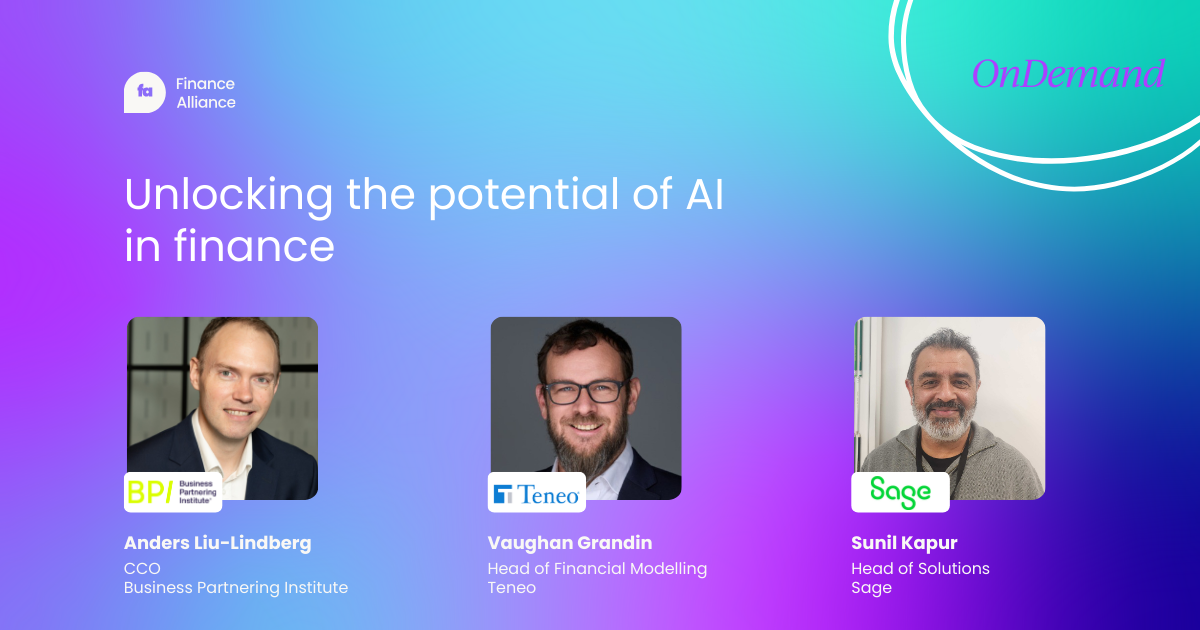
The limitations of AI in forward-looking strategy
The most economically productive uses of AI today are in areas like accelerating engineering and automating customer support. It’s also good at automating workflows like reading invoices for accounts payable.
It is not yet good at creating a new company strategy or building a complex financial model from scratch. It doesn't have the context you have, and the data it was trained on is different from the specific nuances of your business.
It’s mostly marketing today, but that will change rapidly in the next year or two.
Practical ways to leverage AI now
So, how are CFOs actually using AI? It is fairly good at financial analysis. It can find variances in your actuals in an automated way. It can also be a powerful tool for learning. You can use it to get an intuitive sense of how different parts of the business work.
I even built a GPT called Universal Primer, which is designed for speed-learning complex topics. It breaks things down with analogies and recursively explains prerequisite concepts until you understand the main idea.
This kind of personal education is one of the best uses of AI for any leader today.
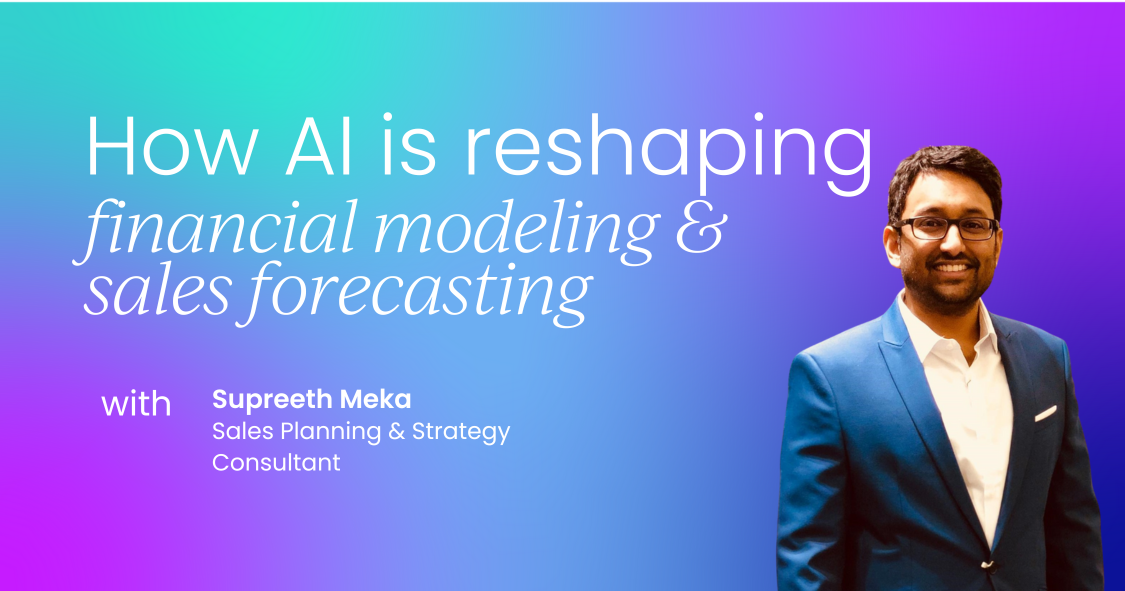
The future of finance and the human element
If you draw a line from where finance has been to where it's going, the trend is clear: it will become more strategic, more data-driven, and more deeply embedded in every function of the company.
The trajectory toward a fully embedded function
Just as data and analysis are now part of how every department works, finance will become part of everyone's job.
In a few years, we should live in a world where a designer or engineer can talk about how their work impacts margin and growth two years down the line.
New tools will break down the walls and enable this collaboration.
Why human intuition and judgment will become more valuable
As AI becomes powerful enough to make better decisions than humans in many domains, we will face a societal-level choice. Do we allow AI to make decisions autonomously, or do we insist on a human-in-the-loop? I believe we will always want a human to sign off.
This means the intuition, experience, and judgment of humans will remain the most valuable skill. Tools that help us hone that intuition will become even more critical.
In a world where an AI can beat any human at Go, we still watch humans play because we value the human story and the human struggle.
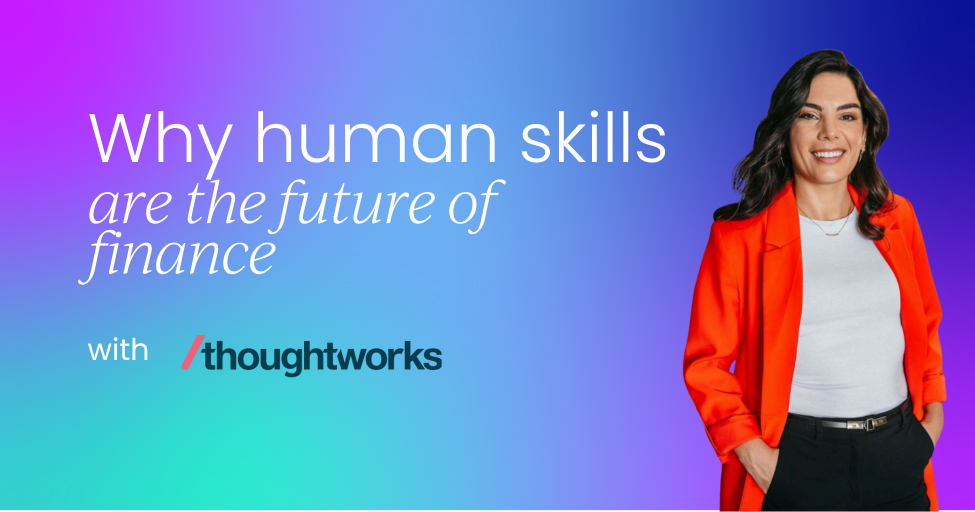
The truth about modern finance
This brings me to a few myths about finance that need to be smashed.
- Finance isn't transparent. This is a tooling problem. Finance leaders want people to understand how the business works. They hesitate to share a spreadsheet because someone might fat-finger a formula, and there’s no version control. Better tools solve this.
- Finance is about accounting. Accounting is about accounting. Finance is about the business. It’s about everything. Every action in a company falls to the bottom line, and the role of finance is to make that connection clear.
- Finance isn't technical. This is increasingly untrue. Finance now owns data, builds complex simulations, and must be fluent in the technology that powers the modern enterprise.
These stereotypes are unfair and are already rapidly becoming outdated. As leaders, it's our job to embrace this evolution, leverage new technologies, and build a more collaborative and strategic future for finance.
Join our community of finance leaders where you can share ideas, get answers to all of your questions, look at job openings or match with a potential hire, and so much more.




 Follow us on LinkedIn
Follow us on LinkedIn







